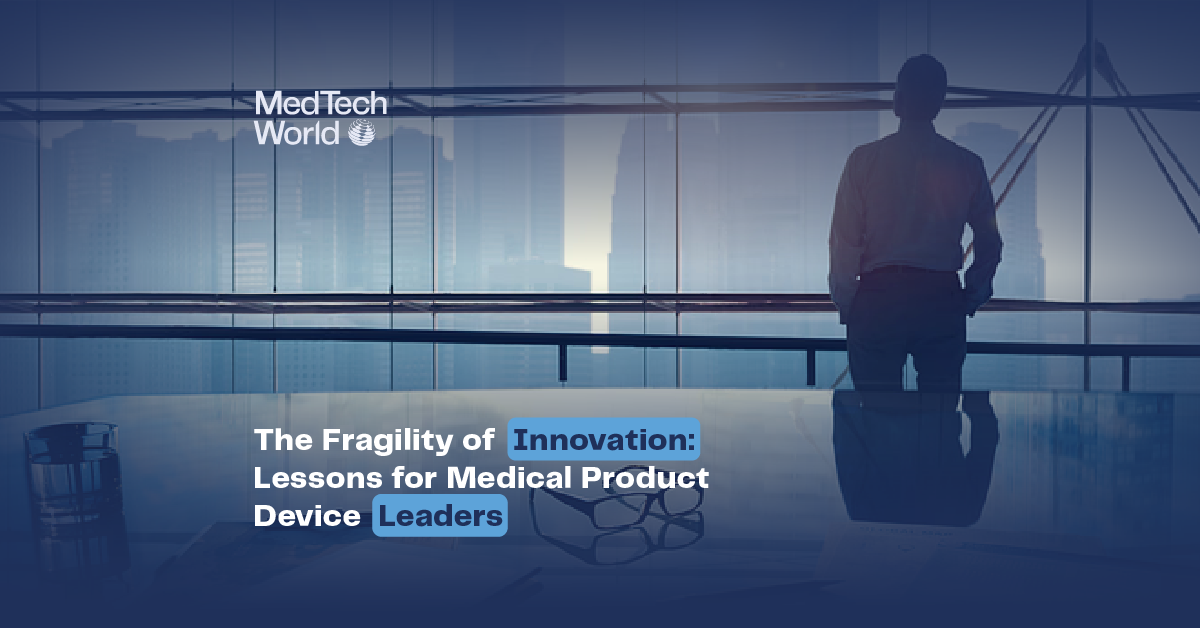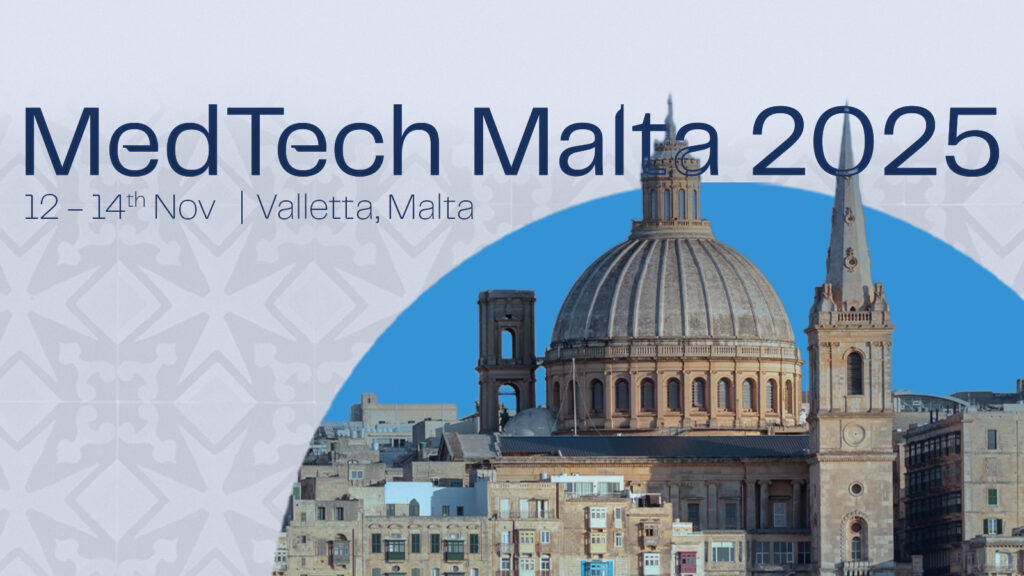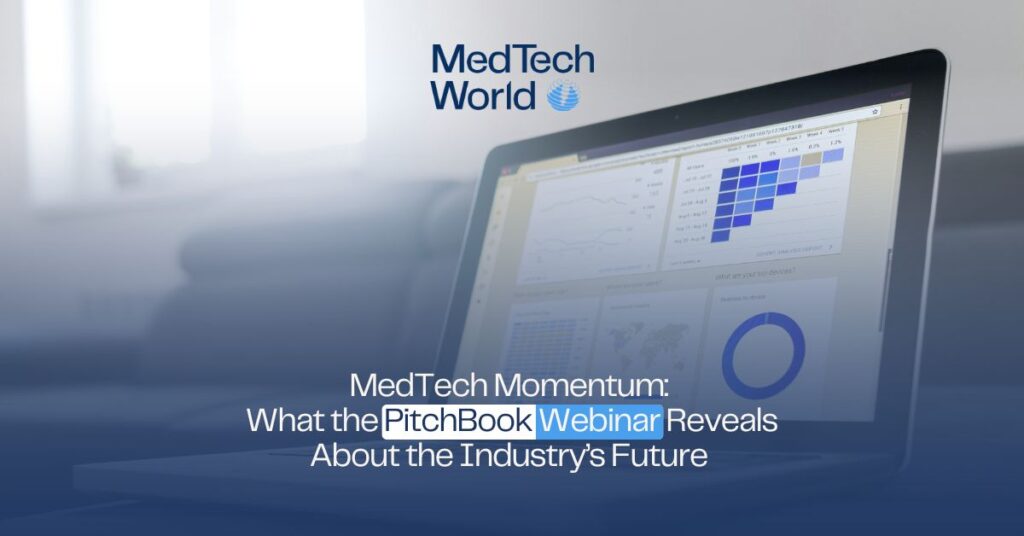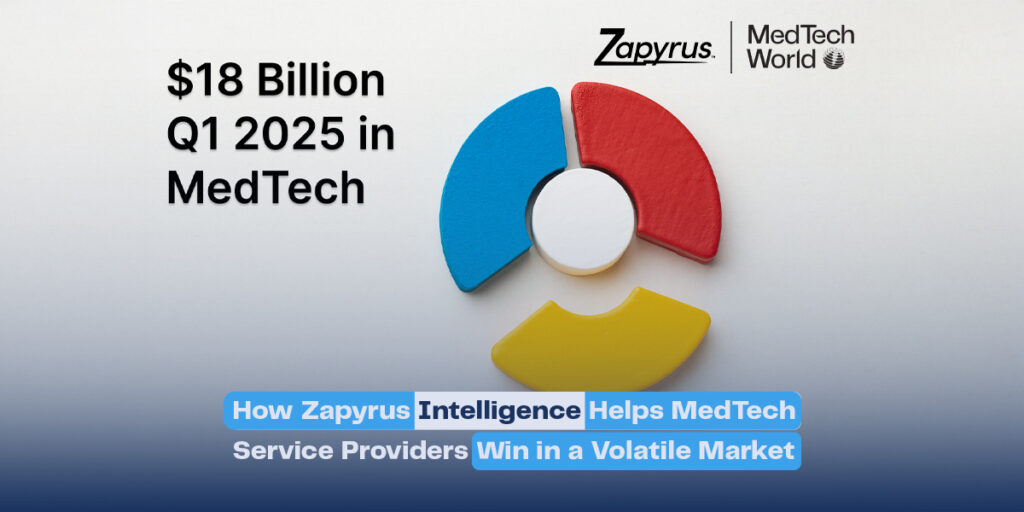
The Fragility of Innovation: Lessons for Medical Product Design Leaders
Does Playing It Safe Ensure Success?
As a young leader in the medical product design industry, I believed that the safest path to success was to minimize risk. In a field where lives are at stake, caution seemed not just prudent but essential. I thought that by focusing on incremental improvements and avoiding bold, untested ideas, we could maintain steady growth and avoid costly failures. I admired companies that thrived by sticking to their proven business models, believing their approach was a blueprint for long-term success.
But I was wrong, and it seems that I am in good company of others who missed key opportunities too.
The Story of 3M: Disobedience Sparks a New Business
In the early 20th century, 3M was a struggling sandpaper manufacturer. The company’s leadership was focused on improving their abrasive products, but one employee, Richard Drew, saw potential in adhesives. Drew noticed that auto body painters needed a tape that could mask areas without peeling off paint. Despite adhesives being outside 3M’s core business, Drew began experimenting.
To test his ideas, Drew needed a machine to coat adhesives. After being denied approval for a large purchase, he cleverly used multiple $99 purchase orders to acquire the equipment. His disobedience paid off. Drew’s experiments led to the creation of masking tape, and eventually, Scotch Tape. This pivot into adhesives transformed 3M into an innovation powerhouse, proving that sometimes, breaking the rules is necessary to break new ground.
The Story of Rapamycin: A Life-Saving Discovery Almost Lost
In the 1960s, a Canadian pharmaceutical company, Ayerst, discovered a compound in soil from Easter Island. This compound, later named rapamycin, showed promise as an antifungal agent. However, when Ayerst decided to shut down its Montreal lab, the company ordered all research materials, including rapamycin, to be destroyed.
Suren Sehgal, a biochemist at the lab, defied these orders. Believing in rapamycin’s potential, he secretly preserved samples in his home freezer for more than a decade and continued to advocate to restart his research in subsequent roles. He was eventually allowed to continue his work and his disobedience proved pivotal.
Rapamycin was found to have powerful immunosuppressive properties, leading to its approval for organ transplants. Further research revealed its potential in extending lifespan and treating age-related diseases. Sehgal’s defiance saved a molecule that has since transformed medicine.
Also Read: MedTech World Deepens Asia Collaboration with Cross-Border Tour to Qianhai
What I Now Know: Balancing Risk and Imagination is Key
Through these stories, I’ve learned that the key to success is not to eliminate risk but to manage it wisely. Innovation requires a delicate balance between caution and boldness. Leaders must create environments where new ideas can thrive, even in the face of uncertainty.
Pixar offers a powerful example of how to achieve this balance. The company refers to new ideas as “Ugly Babies”—raw, unpolished concepts that need protection to grow. By fostering a culture of constructive feedback and strategic support, Pixar has consistently produced groundbreaking films. Steve Jobs, who initially struggled with risk management, learned to nurture these fragile ideas, transforming Pixar into a leader in digital animation.
What I Now Do: Fostering a Culture of Innovation
As a leader in medical product design, I’ve adopted several strategies to balance risk and imagination:
- Protect Fragile Ideas: I encourage my team to treat new concepts as “Ugly Babies” that need nurturing. We create safe spaces for brainstorming and experimentation, where ideas can be explored without fear of immediate rejection.
- Reward Learning, Not Just Success: Failure is an inevitable part of innovation. I’ve implemented systems that reward teams for what they learn from failed experiments, not just for successful outcomes. This shifts the focus from avoiding risk to embracing it as a learning opportunity.
- Balance Product and Strategy Innovation: Like Pixar, we separate product-based innovations (P-type) from strategy-based innovations (S-type). This ensures that we’re not just creating new products but also rethinking how we deliver value to our customers.
- Listen to “the Suck” with Curiosity: Instead of dismissing criticism or setbacks, we actively investigate them. This approach helps us distinguish between genuine roadblocks and false fails, ensuring that promising ideas aren’t abandoned prematurely.
- Create a Dual-Track System: Inspired by leaders like Vannevar Bush and Theodore Vail, we’ve established separate teams for high-risk innovation projects and steady-growth operations. This allows us to pursue bold ideas without jeopardizing our core business.
Also Read: MedTech World and NovaX Sign MoU at Hong Kong Roadshow to Advance Global MedTech Collaboration
What I Recommend to Others: Embrace the Fragility of Innovation
If you’re a leader in medical product design—or any industry where risk aversion is the norm—my advice is simple: embrace the fragility of innovation. Recognize that bold ideas are often fragile and need protection to thrive. Create systems that balance caution with curiosity, and don’t be afraid to rethink the status quo.
What I once believed—that playing it safe ensures success—was wrong. What I now know is that the greatest breakthroughs come from those willing to take calculated risks. By fostering a culture of imagination and resilience, we can transform not just our companies but the lives of the people we serve.
About the Author: Bob Bouthillier is an accomplished team leader who turns complexity into actionable results. Bob has had roles from Product Manager to CEO and has led teams of up to 200 people to deliver 66 medical products to market. Bob distills the fast-changing world of AI into practical roadmaps for executives and teams.
Join us at MedTech Malta 2025
It’s where the global MedTech community comes together to connect, collaborate, and advance healthcare innovation. Be part of the conversations that matter. Register now and secure your place. Got questions? Reach out to us at [email protected].





